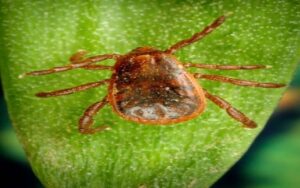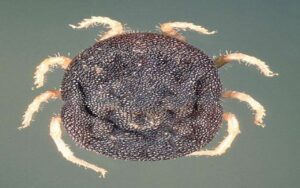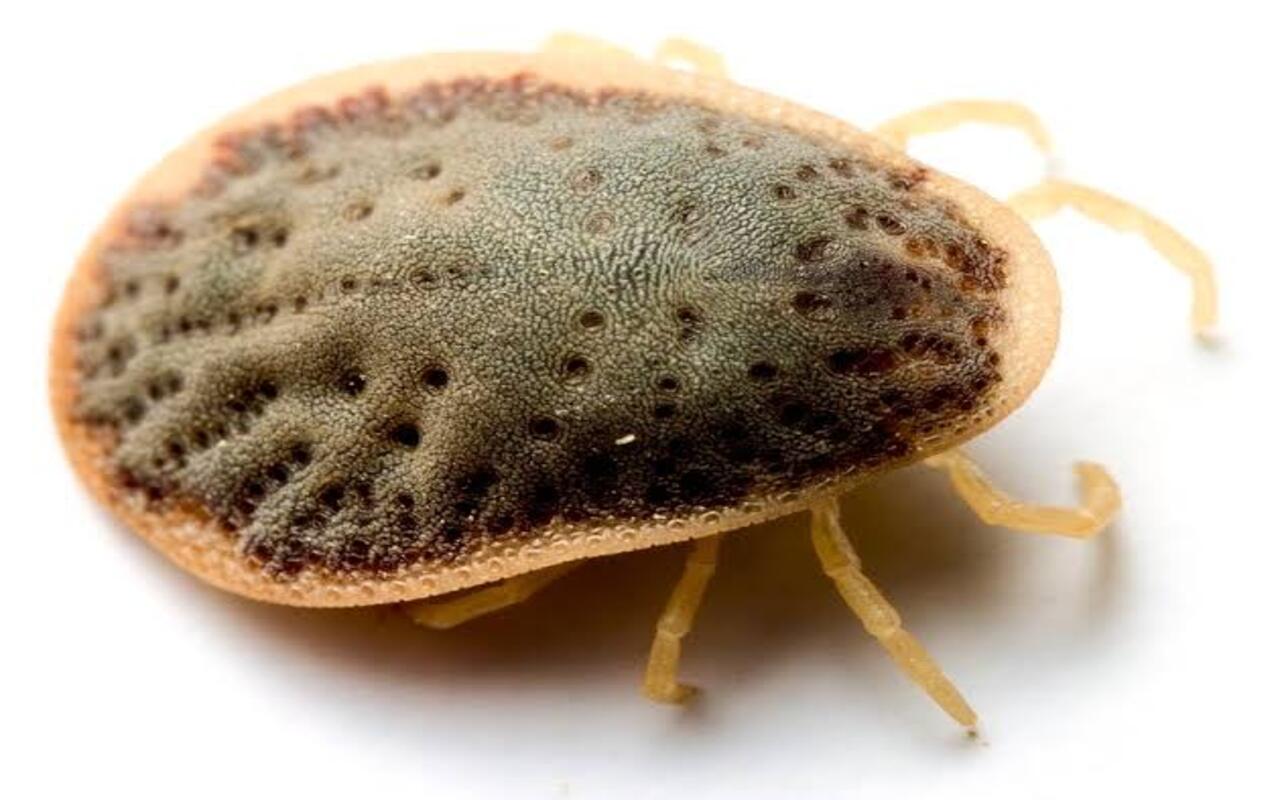Soft-bodied ticks, belonging to the family Argasidae, differ significantly from their hard-bodied counterparts. They lack the hard outer shield or scutum found on hard ticks. Their bodies are typically wrinkled and resemble a raisin.
What are soft-Bodied Ticks?
If you live in a woodsy area, enjoy outdoor activities, or have pets, chances are you are familiar with ticks. These small, blood-sucking pests can cause quite a stir, as they are known to transmit diseases to humans and animals. While most people refer to ticks by their name, some professionals may call them “hard” or “soft” ticks. So, what is the difference?

Soft-Bodied Ticks identification
When it comes to soft tick identification, it is important to focus on the physical differences:
- Hard ticks have a hard shield just behind their mouthparts and typically look like a flat seed when unfed.
- The body of a soft tick, from the family Argasidae, is wrinkled and closely resembles a raisin.
- From above, soft ticks appear as though they do not have mouthparts, but they are just hidden below.
- Not only are these ticks physically different, but they also vary in their behaviors and habitats.
- Both feed on blood and can transmit diseases, but soft ticks are primarily nest parasites, therefore humans aren’t as likely to experience soft tick bites.
Key characteristics of soft-bodied ticks
Here, we mention the key characteristics of Soft-bodied Ticks:
- Appearance, Wrinkled, oval-shaped body, no hard outer shield.
- Habitat, Primarily nest parasites, often found in bird nests, rodent burrows, and bat caves.
- Feeding habits, Unlike hard ticks, which feed once and then drop off, soft ticks can feed multiple times.
- Disease transmission, While less common than hard ticks, some soft-bodied ticks can transmit diseases, including relapsing fever.

Where soft bodied ticks are found?
Unlike hard ticks, soft bodied ticks are generally found in higher elevations and usually throughout the Western United States. Because there are more hard ticks than soft bodied ticks, they are usually given names to help identify and educate the public on their threats. Examples of hard ticks include the blacklegged, lone star and American dog ticks.
Even though soft bodied ticks might not be as widespread of a threat as hard ticks, you still want to practice proper prevention. Before heading outdoors, be sure to apply insect repellent with at least 20 percent DEET and wear long sleeves and pants to reduce the risk of a soft tick bite. Permethrin-treated clothing can also provide effective protection. Because soft bodied ticks are often associated with dens, nests, and burrows of other pests, check for signs of infestation such as droppings or burrow holes around. If you find evidence, contact a pest management professional.
What to do If you find a tick on your body?
If you find a tick on your body, remove it immediately and contact your doctor if you develop symptoms.
- Symptoms to be aware of for most tick-borne diseases include fever/chills, aches and pains, and rash.
- The most common soft tick or Argasidae tick vectored disease is Tick-borne relapsing fever (TBRF) which is characterized by three-day periods of fever between seven day periods without fever.
- TBRF is curable with treatment from a doctor such as antibiotics.




